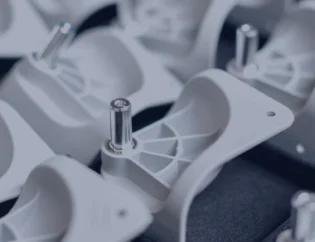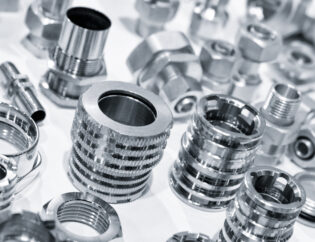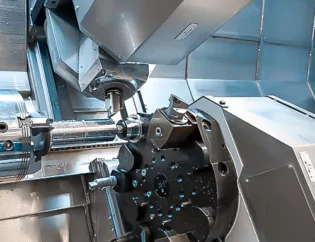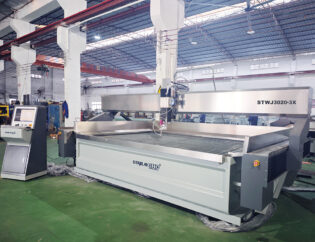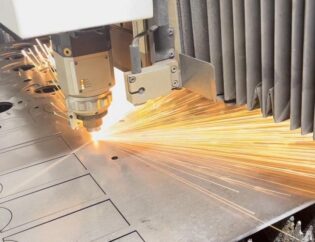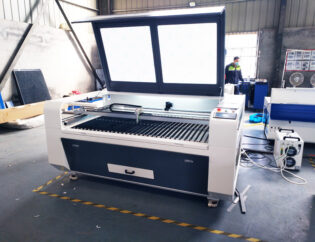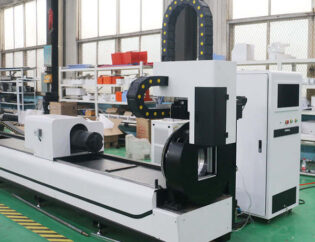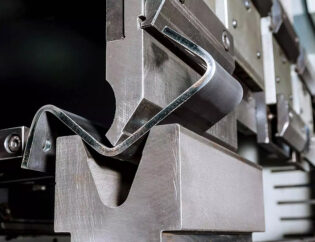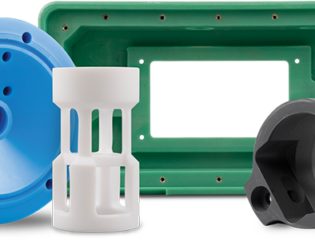CNC deburring tools play a crucial role in the manufacturing process, ensuring that metal parts are free from sharp edges and imperfections. This not only enhances the aesthetic appeal of the finished product but also improves safety and functionality. Understanding the various types of deburring tools and their applications is essential for achieving high-quality results in CNC machining.
In this comprehensive guide, readers will explore the different categories of CNC deburring tools, including manual, automated, and specialized options. Each section will delve into the features, benefits, and best practices for selecting the right tool for specific applications. By the end of this guide, readers will be equipped with the knowledge to optimize their deburring processes effectively.
Additionally, the guide will cover maintenance tips and techniques to prolong the lifespan of deburring tools, ensuring consistent performance. Readers will also gain insights into the latest advancements in deburring technology, helping them stay ahead in a competitive industry. Whether you are a seasoned professional or a newcomer, this guide will serve as a valuable resource for mastering CNC deburring tools.
A Comprehensive Guide to CNC Deburring Tools
Are You Ready to Modernize Your Deburring Process?
CNC deburring tools are essential in the manufacturing process, ensuring that machined parts are free from burrs and sharp edges. These tools not only enhance the quality of the final product but also improve efficiency and reduce costs. Companies like Xebec, Cogsdill, and Gravostar have pioneered innovative solutions in this field, offering a range of products tailored to various applications.
Understanding Deburring
Deburring is the process of removing unwanted material from the edges of machined parts. Burrs can form during cutting, drilling, or machining operations, leading to potential issues in assembly, safety, and aesthetics. Effective deburring tools are crucial for maintaining high-quality standards in manufacturing.
Technical Features of CNC Deburring Tools
When selecting a deburring tool, it’s important to consider various technical features that can impact performance. Below is a comparison table highlighting key technical specifications of popular CNC deburring tools:
| Feature | Xebec Deburring Tools | Cogsdill Deburring Tools | Gravostar Deburring Tools | Harvey Tool Deburring Tools |
|---|---|---|---|---|
| Rotational Speed | Up to 40,000 rpm | 3,000 – 20,000 rpm | 1,000 – 30,000 rpm | 10,000 – 25,000 rpm |
| Material Compatibility | Ceramics, Metals | Steel, Aluminum | Various Machinable Materials | Steel, Aluminum, Plastics |
| Deburring Method | Mechanical, Abrasive | One-Pass Deburring | Flexible Spindle | Manual and Automated |
| Tool Life | Long-lasting | Replaceable Blades | Maintenance-free | Standard Replacement |
| Application | CNC Machines | CNC and Manual | Robots and CNC | CNC Machines |
Types of CNC Deburring Tools
CNC deburring tools come in various types, each designed for specific applications and materials. The following table summarizes the different types of deburring tools available in the market:
| Tool Type | Description | Best For |
|---|---|---|
| Burraway | Mechanical tool for hole deburring, effective in one pass. | Drilled holes |
| Burr-Off | Designed for high-production environments, ideal for automated operations. | Mass production |
| Micro Burraway | Suitable for small holes, offers precision deburring. | Small diameter holes |
| Ellipti-Bur | Provides consistent deburring for uneven edges. | Irregular shapes |
| Flipcut | Combines chamfering and deburring in one tool. | Chamfering and deburring |
The Xebec Difference
Xebec’s deburring tools stand out due to their innovative ceramic fiber products. These tools utilize a patented process that significantly enhances performance in CNC machines. The unique cutting tool geometry and customized path programming maximize cutting efficiency and tool life, making them a preferred choice for many manufacturers.
Advantages of Using CNC Deburring Tools
- Increased Productivity: Tools like those from Xebec and Cogsdill are designed to reduce processing time, allowing for higher throughput in manufacturing.
- Improved Quality: Consistent deburring leads to better part quality, meeting stringent industry standards.
- Cost Reduction: Longer tool life and reduced scrap levels contribute to lower production costs, making these tools a valuable investment.
Target Markets for Deburring Tools
CNC deburring tools are utilized across various industries, including:
– Aerospace: Precision is critical, and deburring tools ensure that components meet strict safety standards.
– Automotive: Efficient deburring processes enhance the quality of parts used in vehicles.
– Medical: Tools must meet high cleanliness and precision standards for medical devices.
– Energy: Deburring tools are essential for components in power generation and distribution.
Conclusion
CNC deburring tools are vital for modern manufacturing processes, ensuring that parts are free from burrs and sharp edges. With advancements in technology, companies like Xebec, Cogsdill, and Gravostar continue to innovate, providing tools that enhance productivity, quality, and cost-effectiveness. As industries evolve, the importance of effective deburring solutions will only grow.
FAQs
1. What is the primary function of CNC deburring tools?
CNC deburring tools are designed to remove burrs and sharp edges from machined parts, ensuring a smooth finish and enhancing product quality.
2. How do I choose the right deburring tool for my application?
Consider factors such as the material being machined, the size of the burrs, and the specific requirements of your manufacturing process.
3. Are CNC deburring tools maintenance-free?
Many modern deburring tools, like those from Gravostar, are designed to be maintenance-free, reducing downtime and operational costs.
4. Can deburring tools be used on different materials?
Yes, most CNC deburring tools can be used on a variety of materials, including metals, plastics, and composites, depending on the tool design.
5. What industries benefit from using CNC deburring tools?
Industries such as aerospace, automotive, medical, and energy all benefit from the use of CNC deburring tools to ensure high-quality components.

